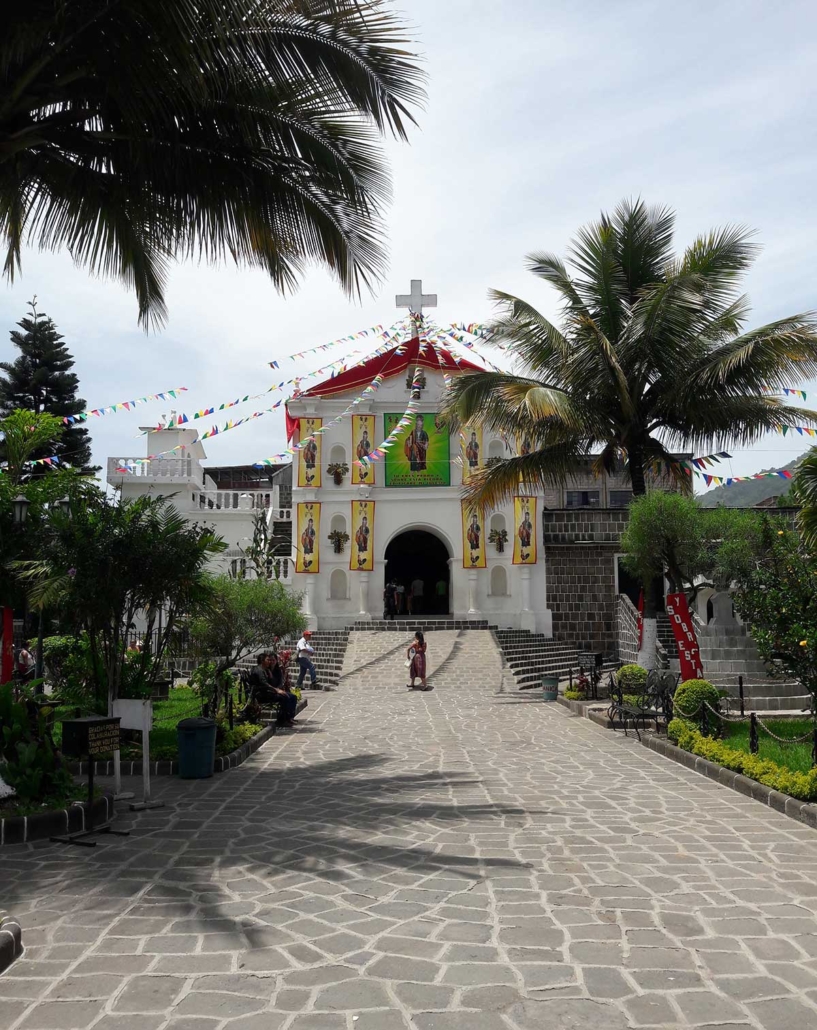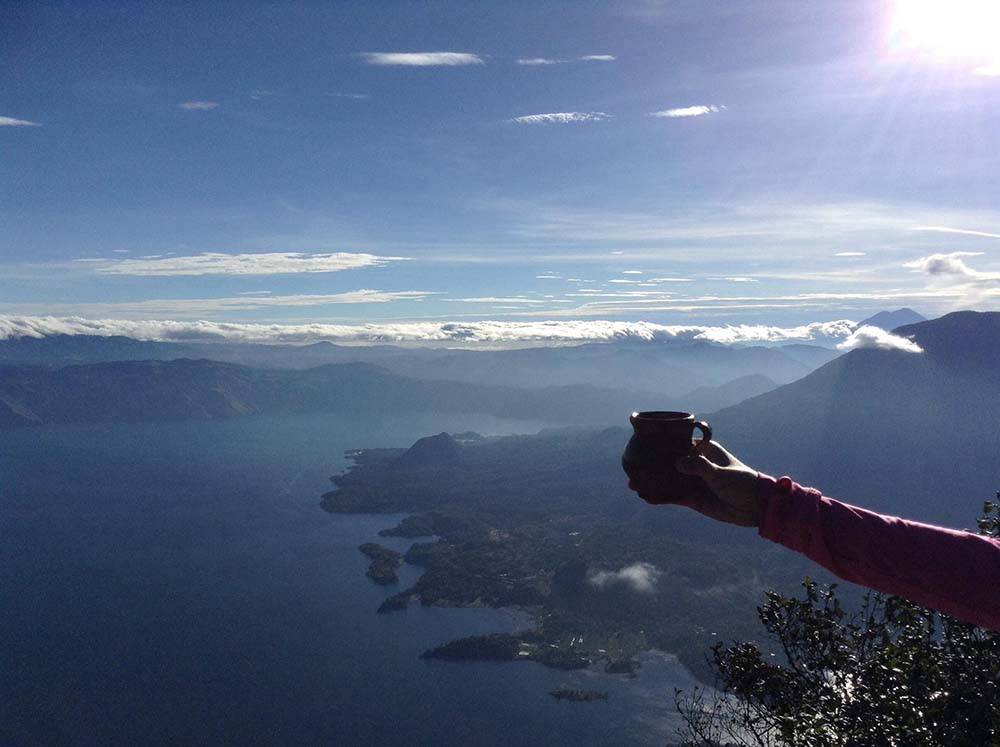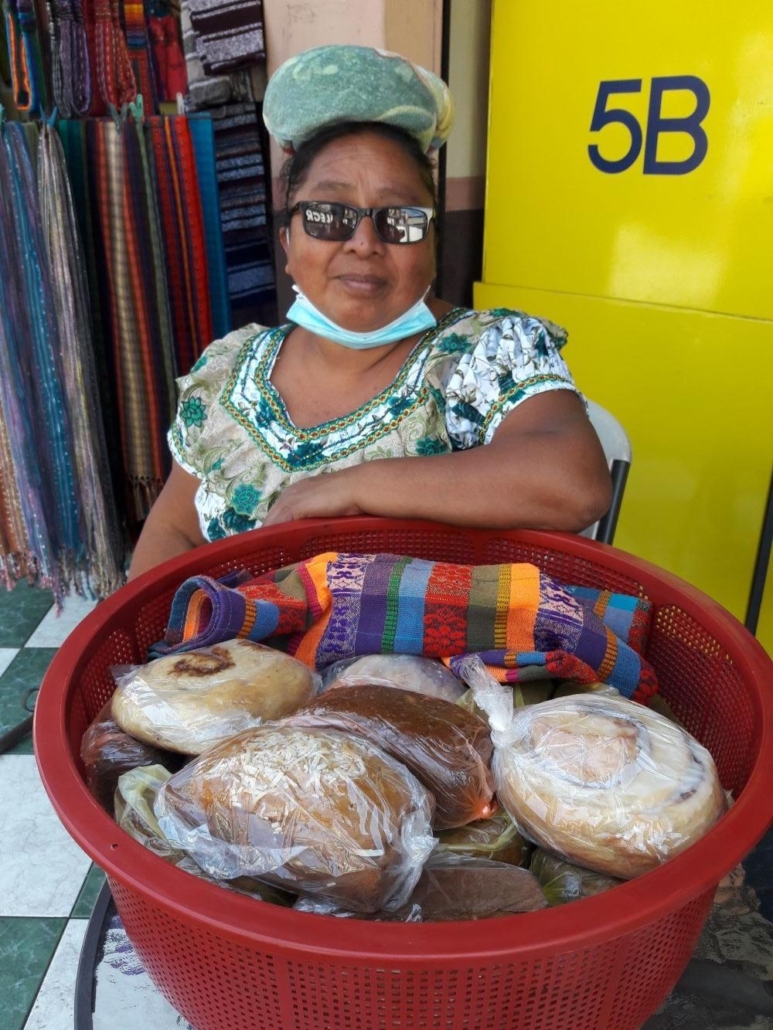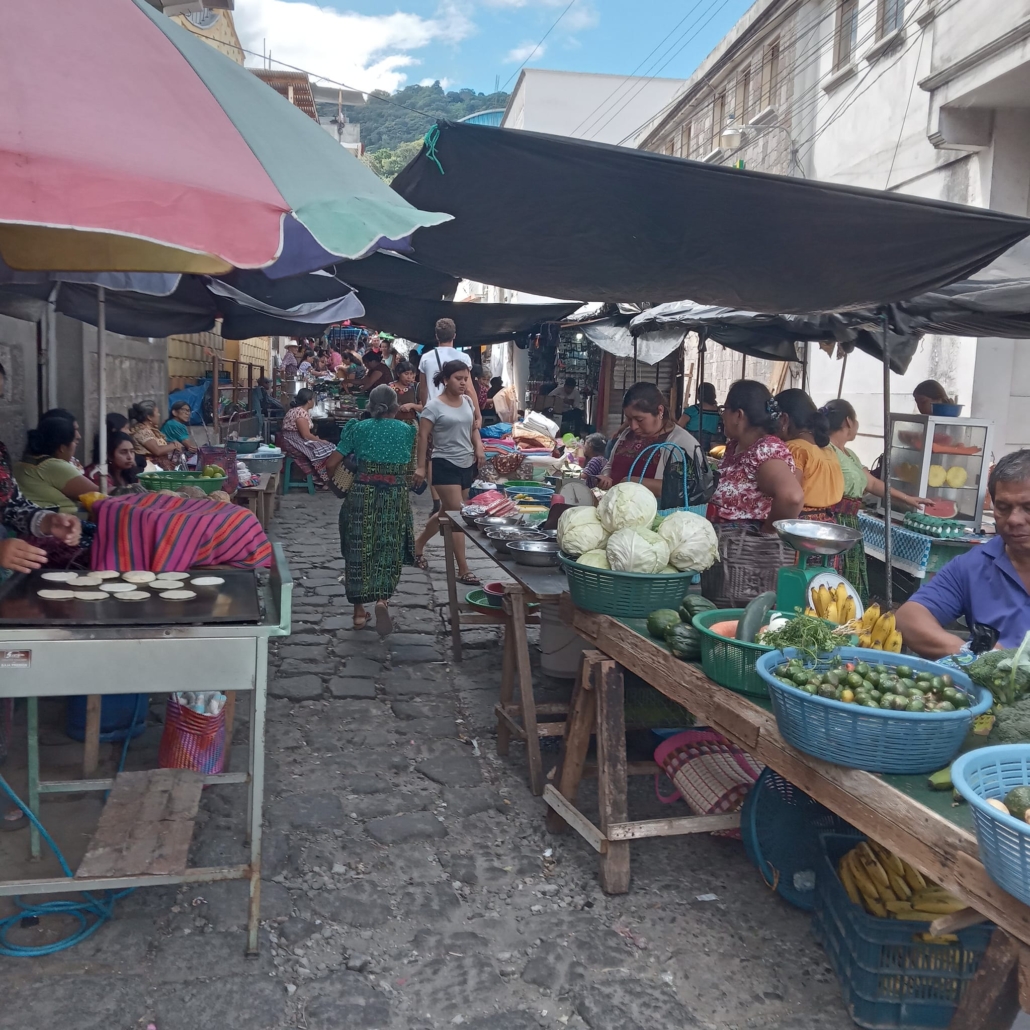Before I begin, I notice many future travelers to Lake Atitlan are concerned about the weather due to the fact we are in a rainy season. Weather channels, for some reason, always mention rain; they appear to do that even during the dry season. After living in Guatemala for many years, you will find that in the late afternoons, we will have rain. The North is very hot this time of year.
San Pedro Guatemala is known as the entertainment town on Lake Atitlan, and for good reason. With a wide variety of bars and clubs, there’s something for everyone to enjoy. Whether you’re looking for a quiet place to have a drink with friends or a lively dance floor to shake it all night, you’ll find it in San Pedro.
If you are interested in Hiking. Volcán San Pedro (or Las Yeguas) is a 3,020-metre (9,908 ft) stratovolcano on the shores of Lago de Atitlán, in the Sololá Department of southern Guatemala. It is part of the mountain range of the Sierra Madre. The tour starts in San Pedro at 8 am or earlier. Gear up then hike 3-5 hours through fields and cloud forests to reach the summit. Descend for 2-3 hours.
San Pedro offers travelers a variety of accommodations, from Hostels, Hotels, and Private homes offering rooms for rent by the day week, and month.
San Pedro offers Street Food, Sushi, Asian, and yes a variety of American food restaurants that are reasonably priced, with excellent quality and value. Each day the local market offers the experience of a Mayan Market.
San Pedro Guatemala boasts a vibrant Mayan history dating back centuries. Here’s a glimpse into the town’s past:
Ancient Inhabitants:
-
The original inhabitants of San Pedro La Laguna were the Tz’utujil Maya, who have lived on the shores of Lake Atitlán for over 2,000 years. Their name translates to “people of the lake.”
-
Their culture thrived, evident in their advanced agricultural practices, sophisticated calendar system, and intricate religious beliefs.
-
Lake Atitlán held immense spiritual significance, considered the birthplace of creation and revered for its connection to the underworld.
Colonial Encounters:
-
Spanish conquistadors arrived in the 16th century, disrupting the traditional way of life.
-
San Pedro was officially founded in 1540 under Spanish rule and renamed after Saint Peter.
-
Forced conversion to Christianity and the introduction of European systems impacted the Tz’utujil culture significantly.
Modern Transformations:
-
Despite challenges, the Tz’utujil people preserved their identity and traditions.
-
Today, San Pedro La Laguna retains its strong Mayan character, blending ancient customs with modern life.
-
Evidence of their heritage is visible in Language: Tz’utujil Mayan language is spoken alongside Spanish.
Textiles: Women continue to weave colorful traditional clothing using backstrap looms.
Religious practices: Maya ceremonies and rituals are still observed alongside Catholicism.
Art & Crafts: Wood carvings, paintings, and pottery reflect Mayan motifs and symbolism.
Exploring further:
-
Museo Tz’unun’ Ya: This museum delves into San Pedro’s history, showcasing artifacts, photos, and a film about the Tz’utujil people.
-
Local markets: Experience the vibrant culture by interacting with vendors selling traditional crafts, textiles, and food.
-
Community engagement: Participate in cultural workshops, learn indigenous languages, or visit local healers to witness traditional medicine practices.
San Pedro Guatemala Mayan history is a living testament to the resilience and cultural preservation. By exploring its past, you gain a deeper understanding of the unique identity and vibrant presence of this lakeside community.







 Lake Atitlan Travel Services
Lake Atitlan Travel Services Guatemala Travel Services
Guatemala Travel Services